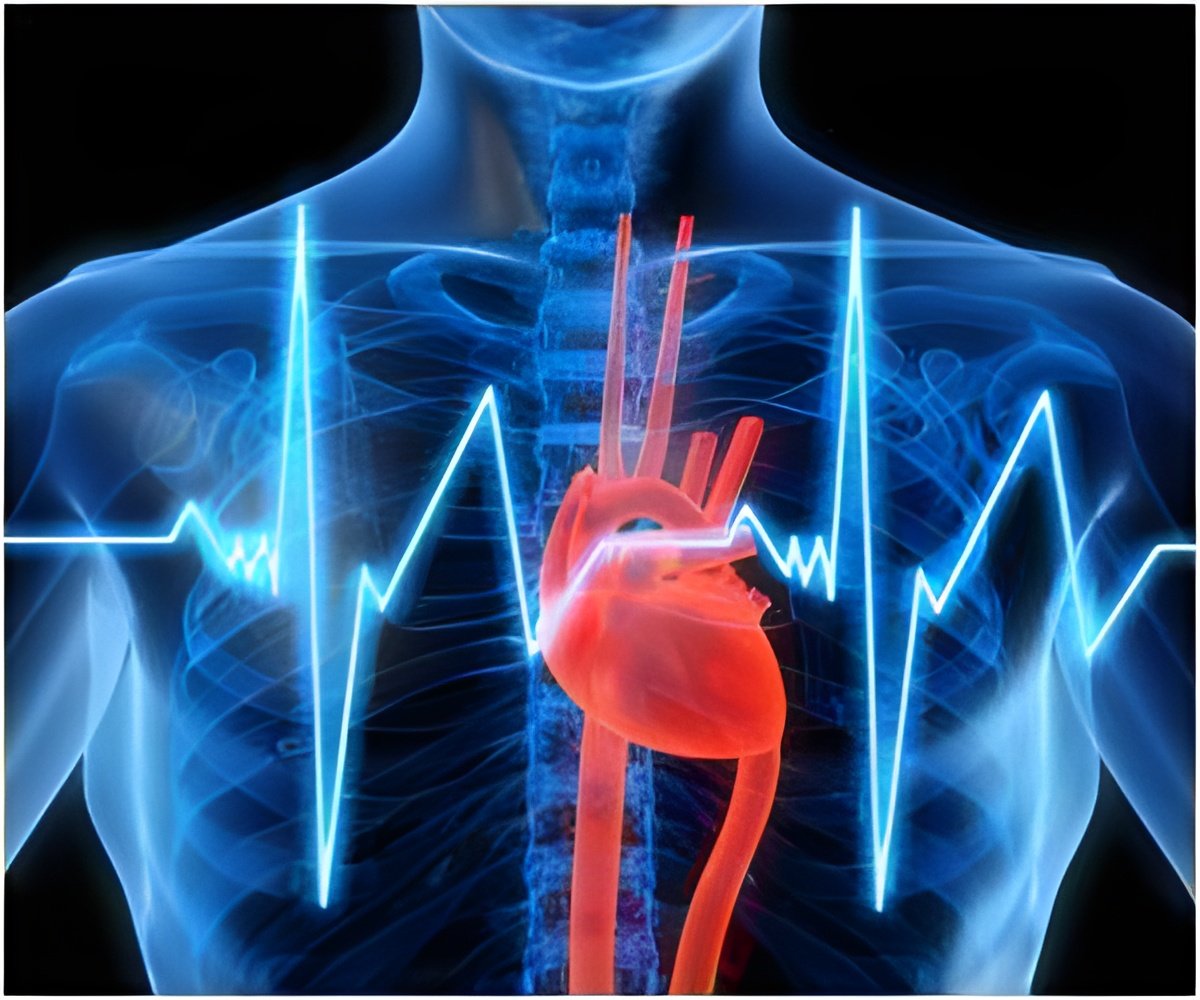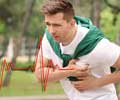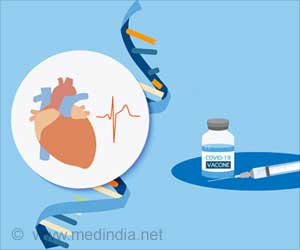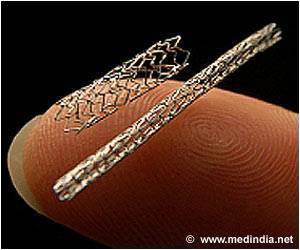Study says more people will survive sudden cardiac arrest when 9-1-1 dispatchers help bystanders assess victims and begin CPR immediately

The new scientific statement provides more specific information about how emergency dispatchers should provide such help and highlights the importance of assessing the dispatcher's actions and other performance measures.
A key goal of the new statement is to increase how often bystanders perform CPR, one of the weaker links in the "Chain of Survival."
"I think it's a call to arms," said E. Brooke Lerner, Ph.D., lead author of the statement and associate professor of emergency medicine at the Medical College of Wisconsin, Milwaukee. "It isn't as common as you think, that you call 9-1-1 and they tell you what to do."
The association makes four recommendations for emergency medical services (EMS) systems and 9-1-1 dispatchers:
- Dispatchers should assess whether someone has had a cardiac arrest and if so, tell callers how to administer CPR immediately.
- Dispatchers should confidently give Hands-Only CPR instructions for adults who have had a cardiac arrest not caused by asphyxia (as in drowning).
- Communities should measure performance of dispatchers and local EMS agencies, including how long it takes until CPR is begun.
- Performance measurements should be part of a quality assurance program involving the entire emergency response system including EMS and hospitals.
More than 380,000 Americans each year are assessed by EMS for sudden cardiac arrest, which occurs when electrical impulses in the heart go awry and cause it to stop beating normally. Only 11 percent of people who experience sudden cardiac arrest outside the hospital setting survive.
People who lack CPR training but encounter someone who needs it are often afraid to act. Even if the patient is suffering from something other than cardiac arrest, "the chances that you're going to hurt somebody are very, very small," she said. "And if you do nothing, they're not getting the help that's going to save their life."
"We know that early chest compressions can improve outcomes," Lerner said.
Conventional CPR with compressions and breaths is recommended for all infants and children and for adults whose cardiac arrest is likely to have been caused by asphyxia. Training dispatchers and implementing the statement's recommendations requires commitment from an entire community, Lerner said. "It takes a lot of people believing in it to make it happen."
Source-Eurekalert
 MEDINDIA
MEDINDIA



 Email
Email




